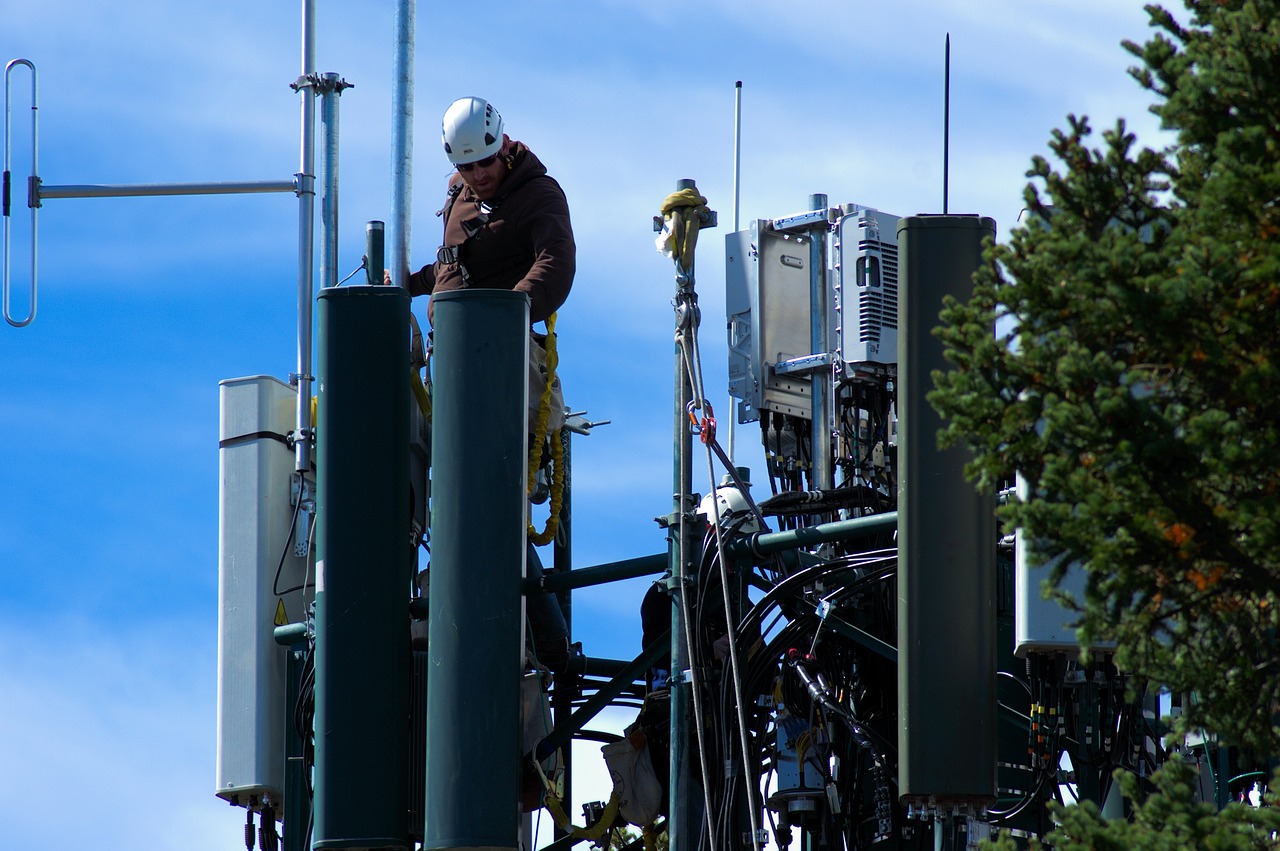Living in rural areas comes with numerous advantages, such as peace and quiet, a sense of community, and a slower pace of life. However, one of the downsides of rural living is limited access to the internet. Poor internet connectivity and slow download speeds can be frustrating and hinder productivity, particularly for individuals who work from home or have children who need to attend virtual classes. Fortunately, several internet service providers (ISPs) offer services in rural areas. In this article, we will compare the best internet providers for rural areas, taking into account factors such as availability, speed, and pricing.
1. HughesNet
HughesNet is a satellite internet provider that serves the whole country, including rural areas. It offers a range of plans with speeds of up to 25 Mbps and data caps ranging from 10GB to 50GB. HughesNet’s internet service is ideal for rural areas because it doesn’t rely on cables or phone lines, making it accessible to anyone with a clear view of the sky. The downside of HughesNet is that it is more expensive than other ISPs, with prices ranging from $59.99 to $149.99 per month.
2. Viasat
Viasat is another satellite internet provider that is available in rural areas across the country. It offers plans with speeds of up to 100 Mbps and data caps ranging from 12GB to 300GB, making it a great option for individuals who need to use the internet for streaming, gaming, or working from home. Viasat’s plans start at $50 per month, making it a more affordable option than HughesNet. However, the downside of Viasat is that it has high latency, which can be frustrating for individuals who use the internet for real-time applications like video calls or online gaming.
3. AT&T
AT&T is a telecommunications company that offers DSL and fixed wireless internet services in rural areas. Its DSL service provides speeds of up to 100 Mbps, while its fixed wireless service provides speeds of up to 10 Mbps. AT&T’s internet service is affordable, with plans starting at $49.99 per month. However, the downside of AT&T is that its DSL service is limited to areas with access to its phone lines, and its fixed wireless service is only available in select areas.
4. Xfinity
Xfinity is a cable internet provider that is available in some rural areas. It offers plans with speeds of up to 2000 Mbps and data caps ranging from 1.2TB to unlimited. Xfinity’s internet service is ideal for individuals who need fast internet speeds for streaming, gaming, or working from home. However, the downside of Xfinity is that it is more expensive than other ISPs, with plans starting at $29.99 per month for the first year and increasing to $59.99 per month after that.
5. CenturyLink
CenturyLink is a telecommunications company that offers DSL and fiber internet services in rural areas. Its DSL service provides speeds of up to 100 Mbps, while its fiber service provides speeds of up to 940 Mbps. CenturyLink’s internet service is affordable, with plans starting at $49 per month. However, the downside of CenturyLink is that its fiber service is only available in select areas, and its DSL service is limited to areas with access to its phone lines.
Conclusion
When choosing an internet provider for rural areas, it’s essential to consider factors such as speed, availability, and pricing. Satellite internet providers like HughesNet and Viasat are ideal for rural areas because they don’t rely on cables or phone lines, making them accessible to anyone with a clear view of the sky. However, they are more expensive than other ISPs, and their high latency can be frustrating for individuals who use the internet for real-time applications.








